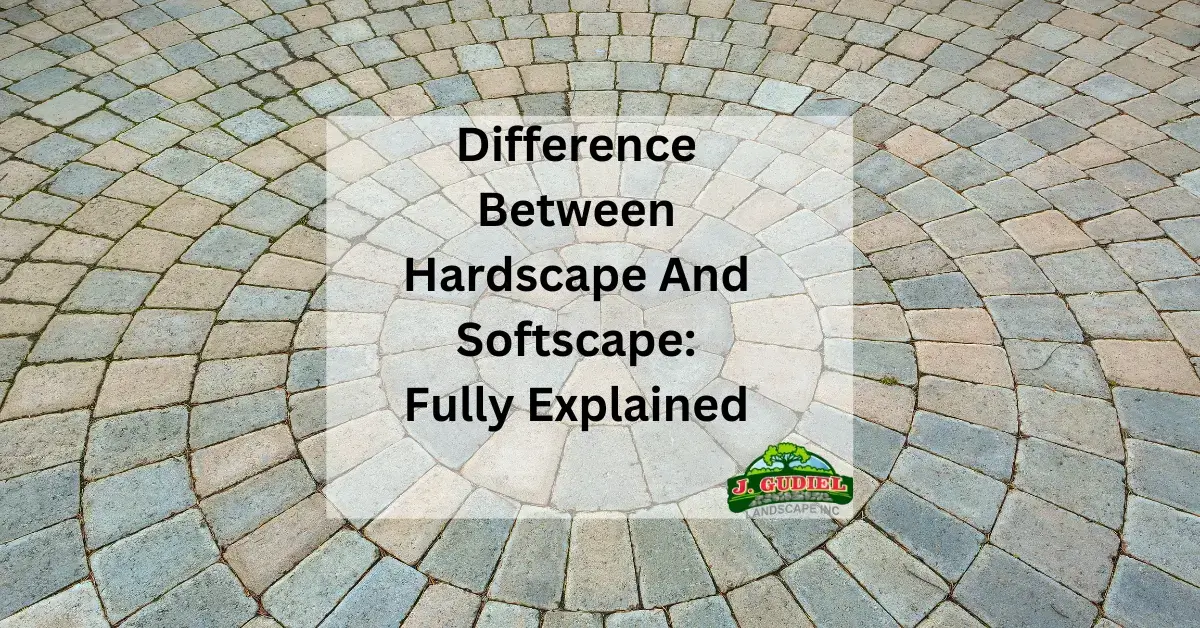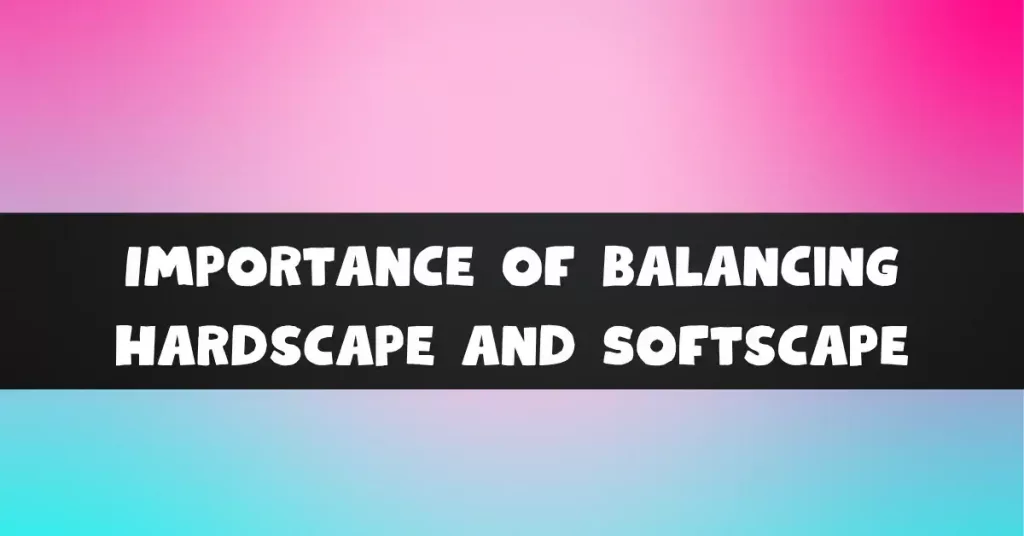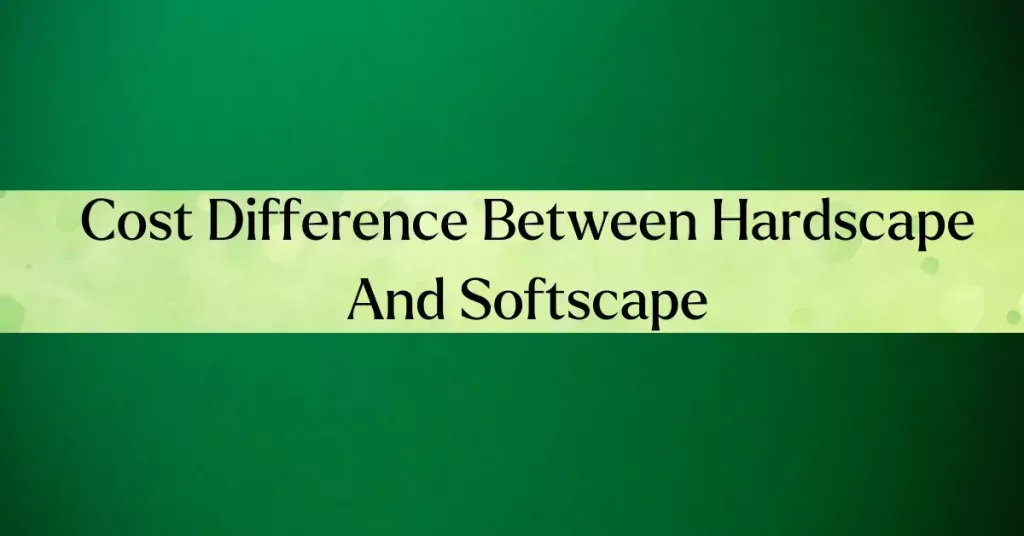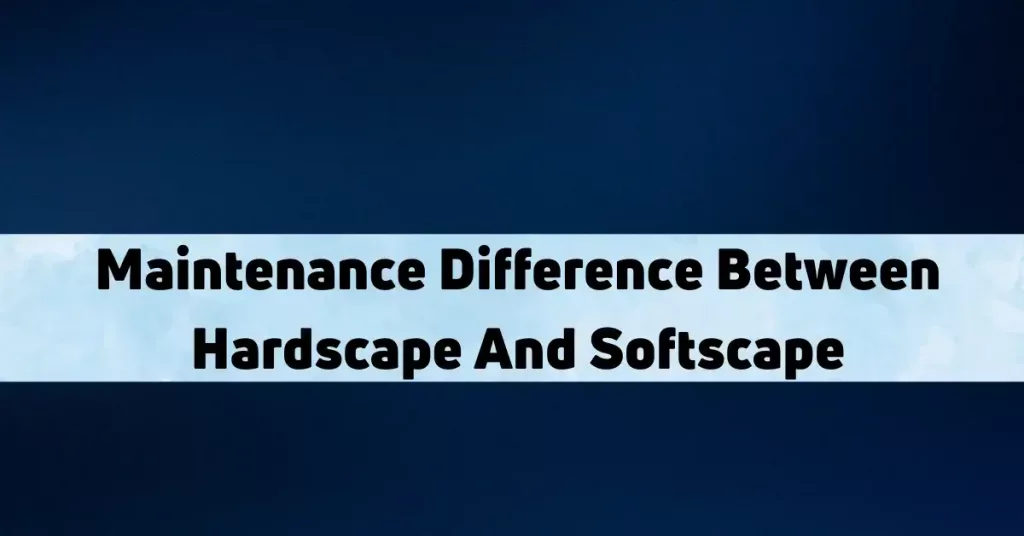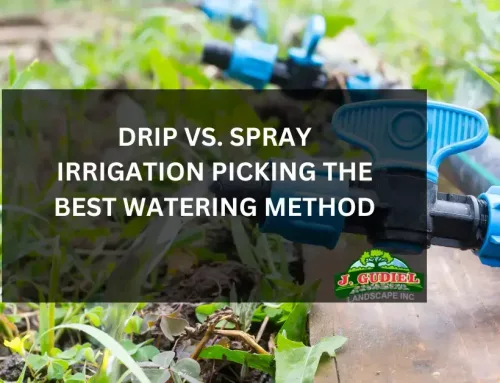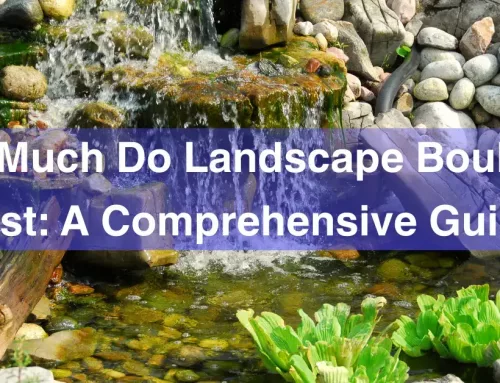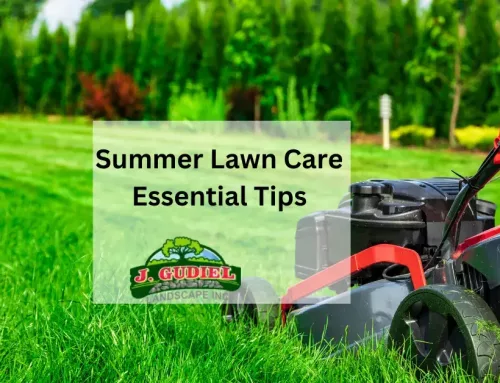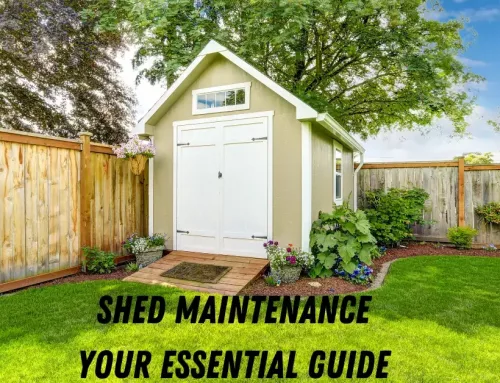In landscaping, two key components shape outdoor spaces: hardscape and softscape. Hardscape comprises the non-living, permanent structures like pathways and patios, while softscape encompasses the living elements such as plants and trees. While both contribute to the aesthetics and functionality of a landscape, they serve distinct purposes. Let’s delve into their differences to better grasp how they work together to create beautiful outdoor environments.
What is Hardscaping?
Hardscaping includes the non-living elements of a landscape design, like walkways, patios, retaining walls, fire pits, and driveways. Some elements of hardscaping serve both functional and aesthetic purposes, creating well-defined land areas suitable for planting.
Different types of hardscaping change depending on what you like. Companies that design landscapes have many materials you can pick from, so your project can have different parts that match how your yard looks.
What is Softscaping?
Softscaping is all about the plants in your yard, like the grass, trees, and soil. Good softscaping means finding the right balance of plants alongside the hard structures in your yard.
When planning, think about how the weather changes, like frost or heat. Lots of landscape designs use plants that show off the colors of different seasons, as well as ones that look good all year long.
Difference Between Hardscape And Softscape
Hardscape
Hardscape elements are the solid, non-living features of a landscape design. These elements provide structure, functionality, and definition to outdoor spaces. They are usually durable and long-lasting, making the foundation of the landscape design. Hardscape elements are often permanent or semi-permanent fixtures and require careful planning and installation.
Examples of hardscape elements include:
Pathways
Walkways, sidewalks, or trails are made of materials like concrete, stone pavers, gravel, or brick that provide access and circulation throughout the landscape.
Patios and Decks
Outdoor living areas are constructed with materials such as concrete, brick, pavers, wood, or composite decking, providing spaces for dining, entertaining, or relaxation.
Retaining Walls
Structural walls are built to hold back soil or create terraced areas, often constructed from materials like concrete blocks, stone, or timber.
Fences and Walls
Enclosures made of wood, vinyl, metal, or masonry that provide privacy, security, or boundary definition for the property.
Water Features
Decorative elements such as fountains, ponds, waterfalls, or streams are constructed with various materials like stone, concrete, or pre-formed liners to add visual interest and soothing sounds to the landscape.
Outdoor Structures
Functional or decorative structures like pergolas, arbors, gazebos, or trellises made of wood, metal, or vinyl, provide shade, support for climbing plants, or architectural focal points.
Softscape
Softscape elements are the living, horticultural components of a landscape design. These elements include plants, trees, shrubs, grasses, and other vegetation that contribute to the aesthetic appeal, biodiversity, and ecological function of the outdoor environment. Softscape elements add color, texture, and seasonal interest to the landscape, creating a dynamic and ever-changing canvas.
Examples of softscape elements include:
Plants and Flowers
Ornamental plants, flowers, and annuals/ perennials selected for their foliage, blooms, fragrance, or seasonal interest, are arranged in beds, borders, or containers throughout the landscape.
Trees and Shrubs
Woody plants like trees and shrubs provide structure, shade, screening, and habitat for wildlife. They are selected based on their size, form, foliage, flowers, and fruit, and strategically placed to enhance the overall landscape composition.
Grasses and Groundcovers
Grasses, sedges, and groundcovers serve as living mulch, erosion control, and weed suppression, adding texture, color, and movement to the landscape.
Vegetable and Herb Gardens
Edible plants grown for food production, culinary use, or medicinal purposes, are arranged in raised beds, containers, or traditional rows within the landscape.
Mulch and Organic Materials
Mulches, compost, and other organic materials are used to enrich soil, retain moisture, suppress weeds, and improve overall plant health and vigor.
Softscape elements require regular maintenance, including watering, pruning, fertilizing, weeding, and pest control, to ensure their health and vitality and to preserve the integrity of the landscape design. Proper selection and placement of softscape elements are essential to creating a balanced, sustainable, and visually pleasing outdoor environment.
Importance of Balancing Hardscape and Softscape
The perfect landscape has both hardscape and softscape elements. If a design mostly uses rocks, it’s still important to balance it with plants and other living things to make it complete. Having a huge, paved driveway and lots of stone features can be too much hardscape, which might not look good. On the other hand, if your yard is full of trees, shrubs, and flowers without any paths or walls, it might seem like a wild jungle you don’t want to go near. The best balance is to have a mix of both soft and hard elements that make your yard feel peaceful and welcoming. When you get it right, you’ll have a space that you and your guests will love to spend time in.
Cost Difference Between Hardscape And Softscape
The difference in cost between hardscape and softscape lies primarily in the materials and labor involved.
Hardscape typically involves durable materials like stone, concrete, or pavers, which can be relatively expensive to purchase and install. Additionally, hardscape construction often requires skilled labor, driving up labor costs.
Softscape, on the other hand, primarily involves the cost of plants, soil, and mulch, which may vary depending on the species and size of plants chosen. While the initial investment for softscape may be lower compared to hardscape, ongoing maintenance costs, such as watering, pruning, and fertilizing, can add up over time.
In summary, hardscape tends to have higher upfront costs due to materials and labor, while softscape may have lower initial costs but higher ongoing maintenance expenses.
Bonus
Maintenance Difference Between Hardscape And Softscape
The maintenance difference between hardscape and softscape lies in the tasks required to keep each element in good condition.
Hardscape typically requires minimal maintenance once installed. Materials like stone, concrete, or pavers are durable and can withstand weathering and foot traffic with little upkeep. Occasionally, hardscape features may require cleaning to remove debris or stains, and repairs may be necessary over time for cracks or damage.
Softscape, on the other hand, requires ongoing maintenance to keep plants healthy and thriving. This includes tasks such as watering, pruning, fertilizing, and pest control. Plants may also need to be replaced periodically due to age or disease. Additionally, softscape maintenance may involve seasonal tasks like mulching or winter protection for delicate plants.
In summary, hardscape typically has lower maintenance requirements compared to softscape, which requires ongoing care to ensure the health and vitality of plants.
Conclusion
Hardscape, consisting of non-living features like paths and walls, demands a significant initial investment but little ongoing maintenance. Conversely, softscape, including plants and soil, requires regular care such as watering and pruning. Achieving a harmonious outdoor space involves integrating both elements thoughtfully.
For more exciting content, follow us on Yelp, Facebook, and Instagram.
FAQs
Q1: What is the primary difference between hardscape and softscape?
A: The main difference between hardscape and softscape is that Hardscape refers to the non-living elements of a landscape, such as paths and walls, while softscape encompasses the living components like plants and soil.
Q2: What are the aesthetic considerations when balancing hardscape and softscape?
A: Achieving a visually appealing landscape involves integrating both hardscape and softscape elements harmoniously, considering factors like texture, color, and functionality to create an inviting outdoor environment.
Q3: How do hardscape and softscape contribute differently to the overall design and feel of a landscape?
A: Hardscape elements like paths and walls provide structure and definition to the space, while softscape elements such as plants and trees add color, texture, and a sense of natural beauty.

